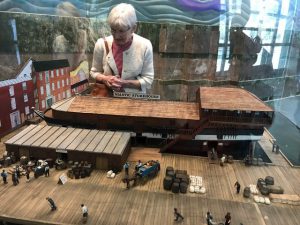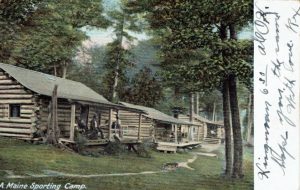
Are godparents part of one’s family? The church I grew up in doesn’t “do” godparents, so I don’t have any first-hand experience, but I know that my mother-in-law always enjoyed spending time with her godfather and considered him an extended part of the family. I’ve also known a couple of women who were raised by their godparents following the death of their parents.
Not too long after I discovered the true identity of my great-great-grandmother, Susana Elizalde (aka Susan Goodrich), I was looking at her family’s church records via the Huntington Library’s Early California Population Project. This resource is a little tricky to use. 1) It transcribes names exactly as they appear in the records, and Spanish spelling was very non-standard during this period. 2) The records make use of many boxes (“ego’s surname,” “ego’s Spanish name,” “ego’s native name,” “officiant’s name,” etc.) to standardize freeform records, and this doesn’t always work very well. Continue reading An extended part of the family








